The history and culture of the Philippines are reflected through the architecture of its structures- churches, las Casas, government buildings, and many more!
Common thought is that Philippine architecture came into its identity in the Spanish era – but our history is so much richer than that.
Sit back, relax, continue reading as we trace the history of Philippine architecture through hundreds of years!
Pre-Colonial Era
The main form of materials during this era were native materials such as nipa and rocks. The earliest records of the pre-colonial architecture in the Philippines are the rock shelters and caves located in Palawan.
Due to the nomadic hunter-gatherer nature of our forefathers, natural materials were used in abundance. They were easy to source, and easy to return to Mother Earth once it was time to pack up and leave.

Also, the “Nipa Hut/ Bahay Kubo” features predominantly across the Philippines.
These houses were raised slightly above from the ground and have a steep roof. Some other nipa huts were built on trees to prevent attacks from wild animals and even enemies.
Spanish Era

The arrival of the Spaniards introduced the Antillean architecture to our forefathers. A legacy of Spain was the architecture of its colonial churches – structures that continue to survive until today.
The Bahay na Bato or the stone house emerged and became the typical house for the noble Filipinos. Even though it became mainstream to the Filipinos in this era, it still has the same characteristics of the Nipa huts, considering that both have open ventilation and are elevated.
The following are iconic structures that were built during this era:
Fort Santiago

Once was a site of the palace of Rajah Sulayman, the Fort Santiago is a defense fortress built for Miguel Lopez de Legazpi and is part of the structures of the walled city: Intramuros, Manila.
Intramuros
This walled city was built in the 16th century and is the oldest district in Manila. Came from the Latin words “intra muros”, meaning “within the walls”, this structure was surrounded by thick and high walls.
Colonial Churches
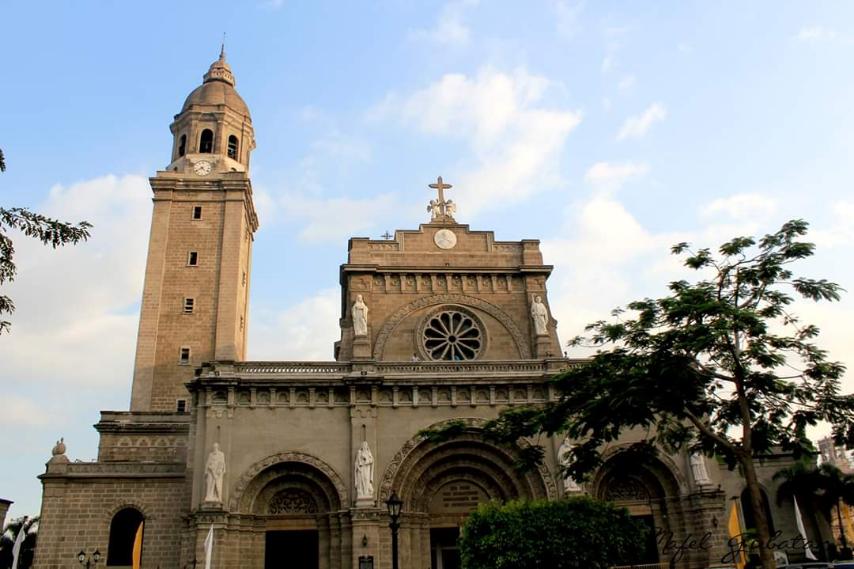
Spain’s religious motivations for colonizing the Philippines are evidenced very clearly through the Philippines’ many beautiful churches, many of which still stand firm and strong until today.
One of the most iconic nurses ever built during this era is the San Augustin church located in Paoay, Ilocos Norte, which is one of UNESCO’s World Heritage Sites.
Elite Schools
Some schools have survived since the 16th century: Ateneo Municipal, University of Santo Tomas, and Colegio de San Juan de Letran. These schools were known for their prestige — the education and the structure have stood steadfast for centuries.
American Colonial Era
After the short independency of the Filipinos, the Americans colonized the country. A new architectural design was introduced by the Americans as they began to establish the civil government in the country.
All designs and styles of the structures were similar to Greek architecture.
Thanks to these American architects: William Parsons, Edgar Bourne, and Daniel Burnham, proto-modern architecture emerged in the Philippines
One of the iconic structures established by the Americans were:
Manila Hotel
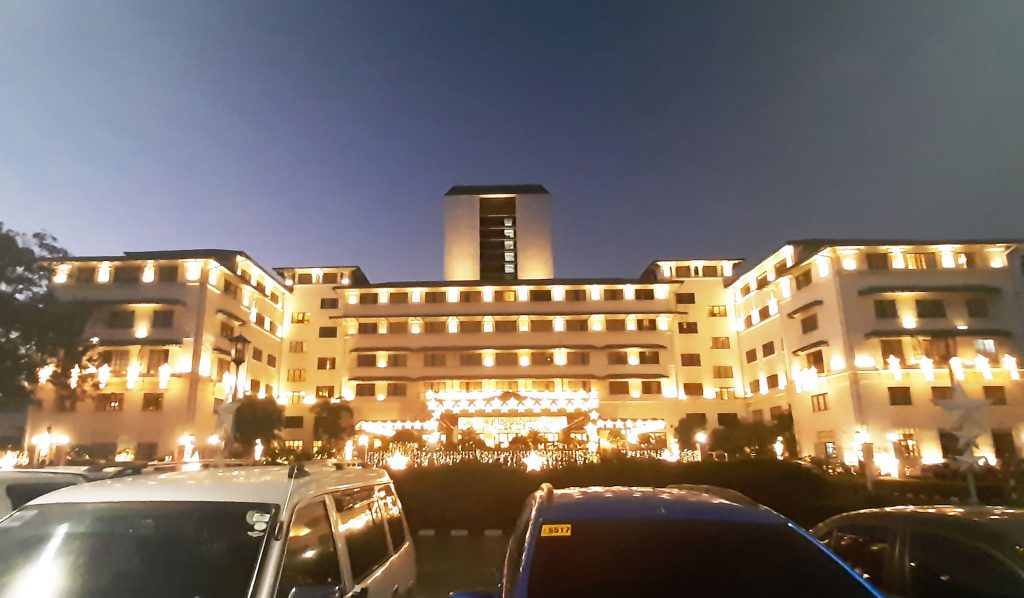
This hotel was a product from Burnham’s idea of establishing an amazing hotel facing the boulevard along the Manila Bay so that people may enjoy a world-class view of the turquoise ocean.
Manila Central Post Office
This neoclassical architecture was one of the known structures that have been built by the Americans during their colonization in this country.
Luneta Hotel
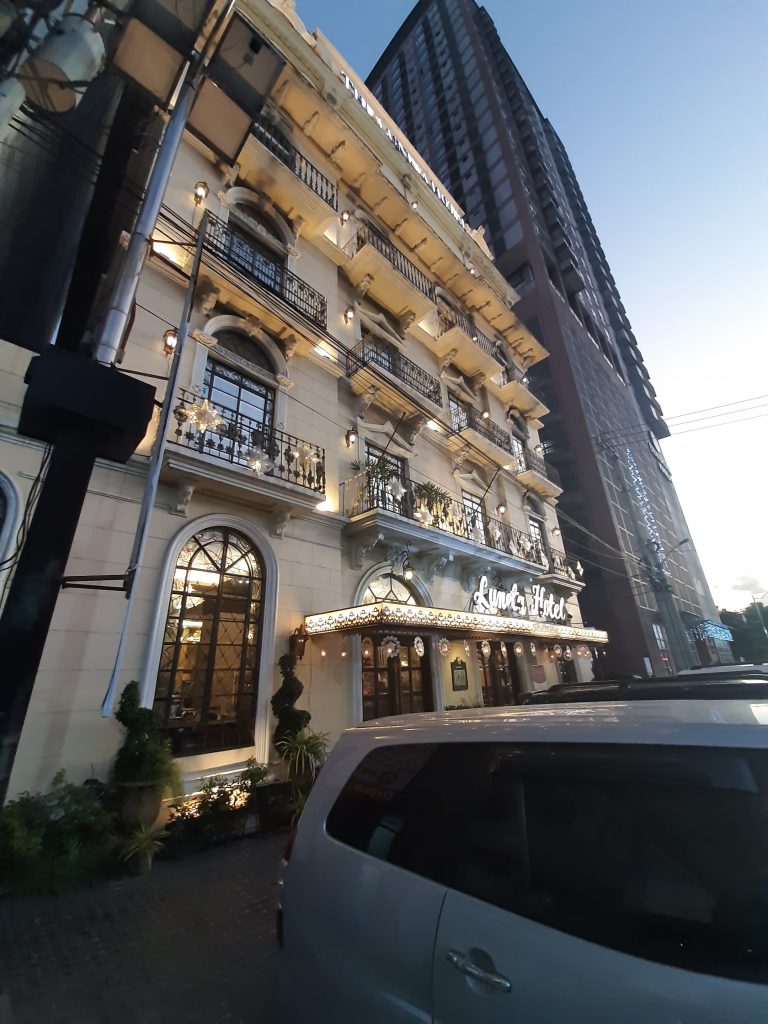
Designed by the Spanish architect-engineer Salvador Farre, this was an example of the French Renaissance architecture with a twist of Filipino-style beaux-arts.
Manila Metropolitan Theatre
Designed by Juan M. de Guzman Arellano and built-in 1935, this art deco building stood firmly until it fell into decay in the 1960s after being reconstructed by the Americans after the Second World War. It became a shadow of its own magnificence.
Post-Second World War Era
After the dark ages of the Second World War, Metro Manila emerged from its ashes and continue to improve its establishments.
This era was where the independent Philippines expressed its identity by implementing modern architecture through reinforced concrete, steel, and glass.
These are the icons of Post-World War 2 Philippine Architecture!
Art Deco Quezon Memorial Monument
This art deco, designed by Federico Ilustre, was one of his masterpieces that he worked on the roads of Quezon City. This structure was composed of 3 pylons topped by winged figures presenting the 3 main islands of the Philippines.
Picache Building
Thanks to Angel Nakpil’s design, this 12-story building was considered as the first skyscraper in the Philippines.
The Insular Life Building
Cesar Concio’s design produced the first 30-meter-high office building and it stands tall even until now. It may be surrounded by higher-reaching skyscrapers, but its history simply can’t be beat.
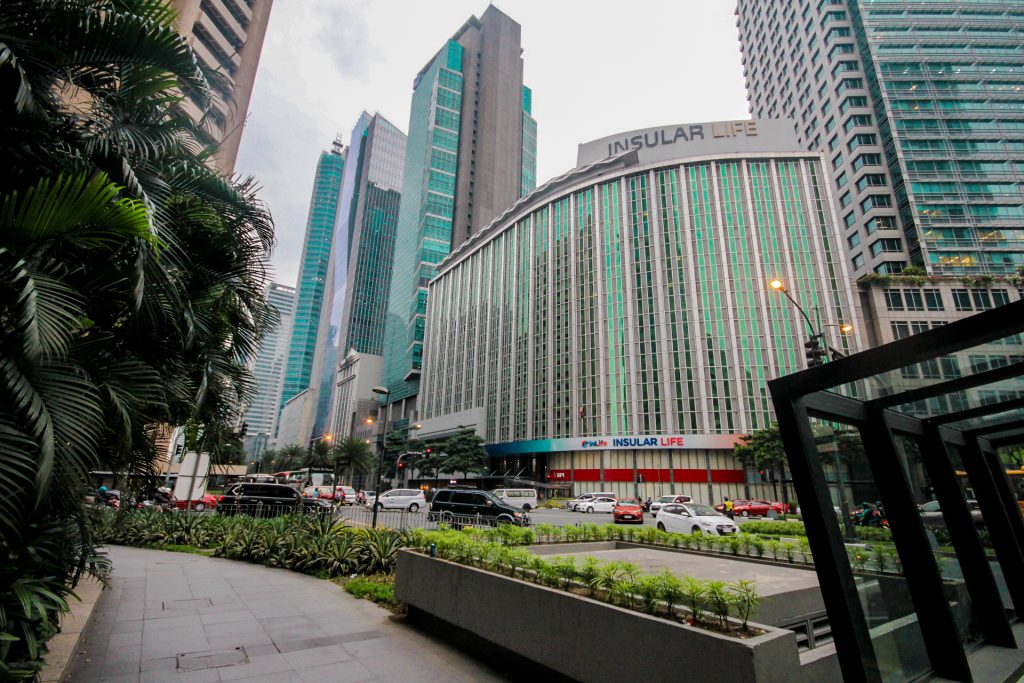
Late 20th Century
During this period, the architects started to merge the modernist style of Philippine architecture with the use of traditional and local materials. This is where you’ll see structures that are mixed with modernism with a touch of Filipino traditions.
The following were known structures during this period:
Max’s Restaurant
This is one of the best examples of mixing the modernist style of architecture to local traditions considering on how each restaurant looked like a nipa hut with a gourmet twist! This was a product from Francisco Fajardo’s ideas!
New Millenium
Fast-forward to today. We’ve adopted the columnar-style architecture for skyscrapers, which you can see in predominance in Bonifacio Global City and Rockwell Center. It’s quite clear the Philippines is starting to leave its colonial past behind as it moves towards an industrial future. Architecture has a distinct neo-modernist feel.
Since we’re all fighting for climate change, we’ve seen the rise of green architecture, with architects endeavoring to improve the efficiency of buildings while moderating the use of energy.
The following are the known establishments of the New Millenium:
World Trade Exchange
This 39-story tower located at the heart of Binondo, Manila was designed by Michael Graves. This well-ventilated tower is one of the establishments that introduced neo-modernism to the Philippines.
Essensa Towers
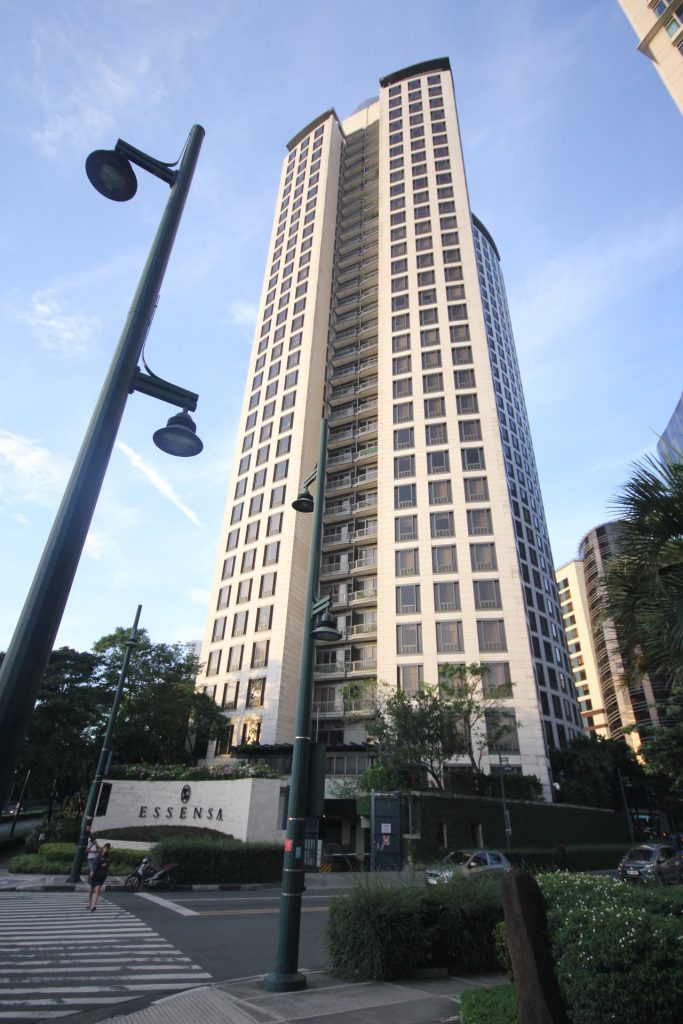
Considered as one of the premier high-rise condos in Metro Manila, its concave structures resembled wings of a butterfly as the towers have at least 236 luxury suites thanks to the design of Ieoh Ming Pei.
The evolution of Philippine architecture is something to be proud of as a Filipino. It shows how far we’ve come – and how far we’re going to go.
Filipinos have a lot to be proud of; our culture is diverse and fascinating. This much is clear through the faint traces of Filipino traditional architecture in even the most modern skyscraper. Thank goodness Filipino architects hope to maintain our proud history even as we move into an equally-proud future.
Even though we’ve been influenced by globalism, our great architects will never forget where we came from.




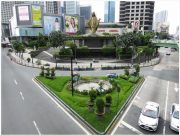
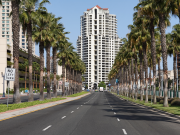


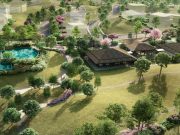

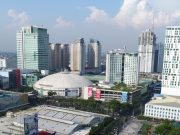
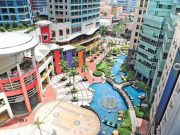
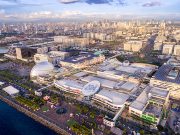







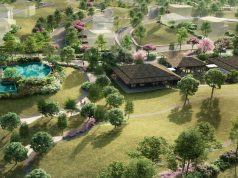

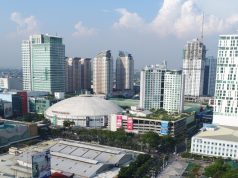




I love the Philippines. Thank you for sharing this. Proud Pilipino here.
Excellent article! Your post is essential today. Thanks for sharing, by the way.